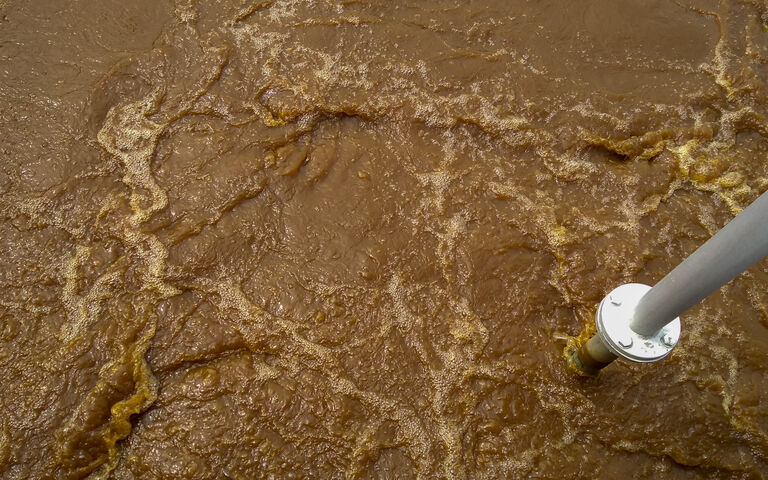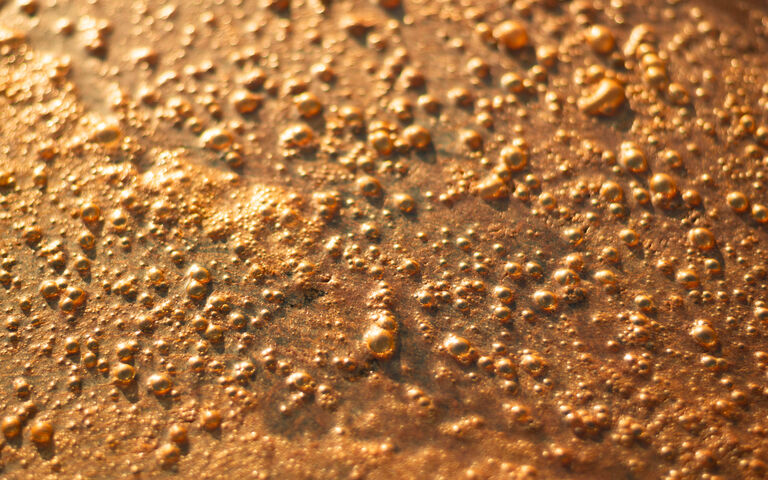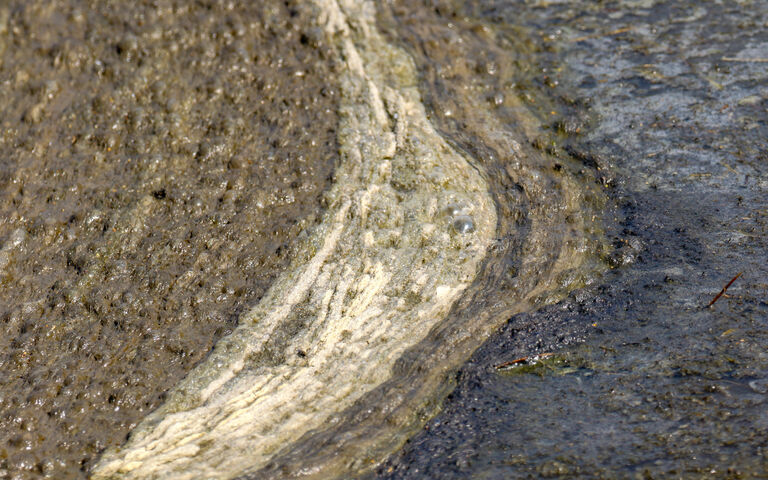
What is sludge?
Sludge characteristics depend on the original feedwater quality and type of unit operation from which sludge is discharged
Your web browser is out of date.
Update your browser for better security, speed and to get the best experience on this website.
Sludge is the main waste stream from the treatment of wastewater. Its characteristics depend on both the original feedwater quality and the type of the unit operation from which the sludge is discharged. For conventional municipal wastewater treatment, the two main sludge streams are from the primary sedimentation stage, producing primary sludge, and the secondary biological treatment stage, producing waste activated sludge (WAS) if the biological treatment is based on the activated sludge process

Sludge characteristics depend on the original feedwater quality and type of unit operation from which sludge is discharged

How is sludge processed? The main waste stream from purifying water for drinking and wastewater for environmental discharge

Biosolids are the concentrated, stabilised solids product generated from the treatment of sewage sludge

Two aspects of sludge solid−liquid separation processes are gravitation (or ‘sedimentation’) and filtration
An introduction to sludge treatment − a brief overview to sludge processing in the context of wastewater treatment.
Thickening, dewatering and drying extract water from sludge to reduce the sludge volume
Sludge stabilisation − alkaline stabilisation, lime and solids dosing, plus anaerobic and aerobic digestion
Thermochemical methods are used to either significantly reduce the sludge solids content or pre-treat sludge upstream of AD